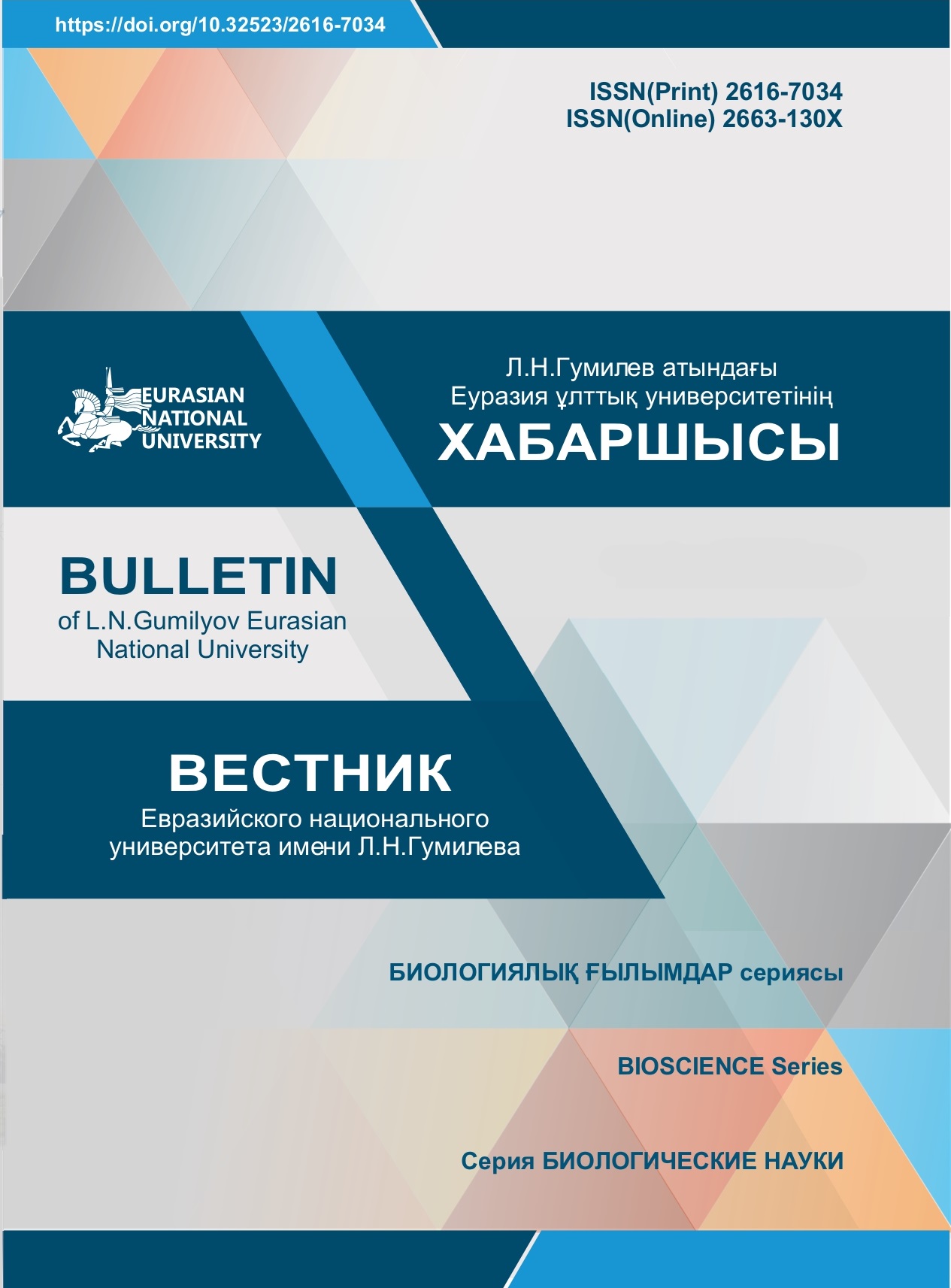Toxicity level of water and soil of the Caspian Sea
Views: 199 / PDF downloads: 293
Keywords:
morphological and cultural trait, biotesting, toxicity, sample object, level of pollution, Daphnia magna, ecologyAbstract
Currently, the ecological state of the Caspian Sea, located in the southwestern part of the country, requires constant monitoring and cleaning due to various polluting factors, especially the rapid development of the oil industry. Assessing the level of seawater pollution using biotesting methods that do not harm the environment from an ecological point of view is widely used. The microbiological composition of research objects isolated from the Caspian Sea was determined. In objects isolated from water samples, the total number of microbes ranges from (1.9±0.1)*102 to (6.2±0.2)*102, while in soil samples the figure was determined to be up to (9.7± 0.3)*105. The isolated cultures were analyzed morphologically, as a result, aerobic, normal motile cocci, short- and long-rod bacteria, as well as mycelium were discovered. During the study, a biotesting method was implemented using a biological sample object - a representative of the crustacean Daphnia magna. During the study, it was established that soil samples from Morport-1 and Morport-2 were 100% toxic to the biotest objects from the first day (in a ratio of 60:40). As a result of biotesting, the Morport-1 and Morport-2 samples, considered highly contaminated, revealed a toxicity level of more than 50%.
Published
How to Cite
Issue
Section
Funding data
-
Ministry of Education and Science of the Republic of Kazakhstan
Grant numbers AP19175679








